I get a lot of satisfaction out of my job every day I go flying but just occasionally, something extra pops up to make a flight just the little bit more satisfying. Usually that’ll be going to some new airstrip which is even shorter and steeper than those I’d been to in the past but last week it was simply taking some fruit seeds and wheelbarrow wheels to a tiny little community in the village of Tomosiga.
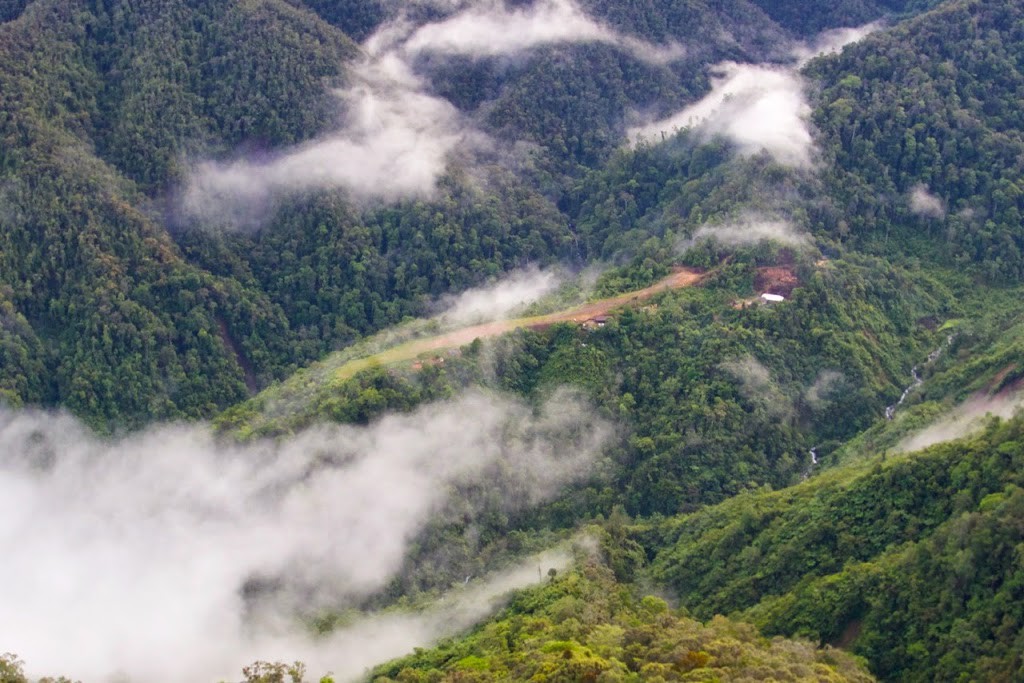
I’d been given the seeds and wheels by John Cutts who some of you might remember is the missionary who lives in Pogapa. I’d agreed that if I was passing by Tomosiga at some point in the next couple of weeks, that I’d drop in and deliver the seeds. By some kind of chance, the very next day the schedule had a rice drop to Hitadipa which was just perfect as it’s pretty much on the way back from there to Nabire.
The seeds in question were actually to grow Durian fruit which if you don’t know is the world’s smelliest fruit. I’ve tasted it a couple of times; the first time it was a very fresh fruit and fairly firm in texture, the other was very ripe and had a texture similar to toothpaste. On both occasions I could barely keep it down due to the over powering smell of rotting flesh. People in SE Asia love the Durian and pay handsomely for it, so I could see how being able to grow such a fruit would be of massive benefit to the villagers of Tomosiga.
The wheelbarrow wheels were to replace they ones that had worn out over the years the village has spent constructing the airstrip. John tells me it’s been 27 years in the making so far and is still not complete.
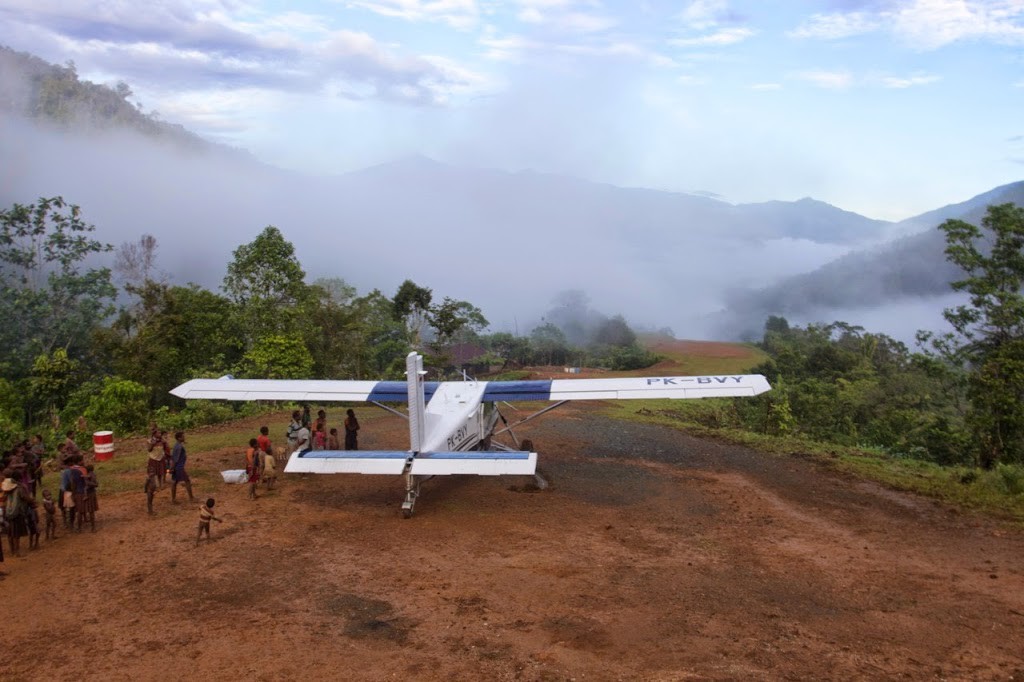
As with any new airstrip I go to, I firstly flew overhead to get an idea of the airfield’s situation in the surrounding terrain. From above it was clear it was located in a bowl and surrounded by high terrain which is fairly typical of many airstrips in Papua. It was also located on a ridge and sloping up towards the high terrain making it a one way in, one way out airstrip. I could also see it was fairly narrow towards the middle and the ground towards the top looked pretty soft. The lower half looked good though and plenty long enough to land an empty Porter on, so I lined it up for the approach.
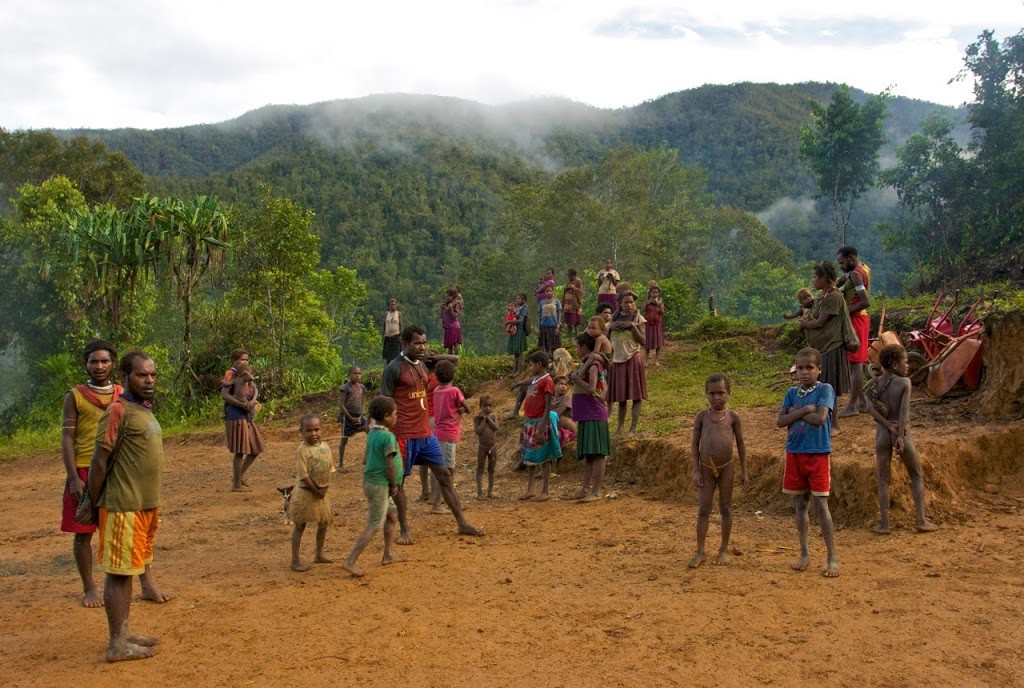
I love going to new airstrips. It’s both exciting and challenging and, for me, is yet another thing that keeps flying in Papua interesting. Although no two days flying here are ever the same, even when going to the same group of airstrips, it’s going to new ones that keeps one’s flying skills honed and expands the repertoire. It’s all to easy to fall into a rut when landing at the same places all the time and without practice, you can forget the skills required in assessing new airstrips and then landing safely on them.
The landing went as planned and I was stopped well before the half way point. I opted to taxi up to the very top as I could see the locals had constructed a sort of turn around area and were keen for me to park up there. As predicted it was rather soft and even though the aircraft was empty and around 1700kgs, it still sunk into the ground a little during the turn.
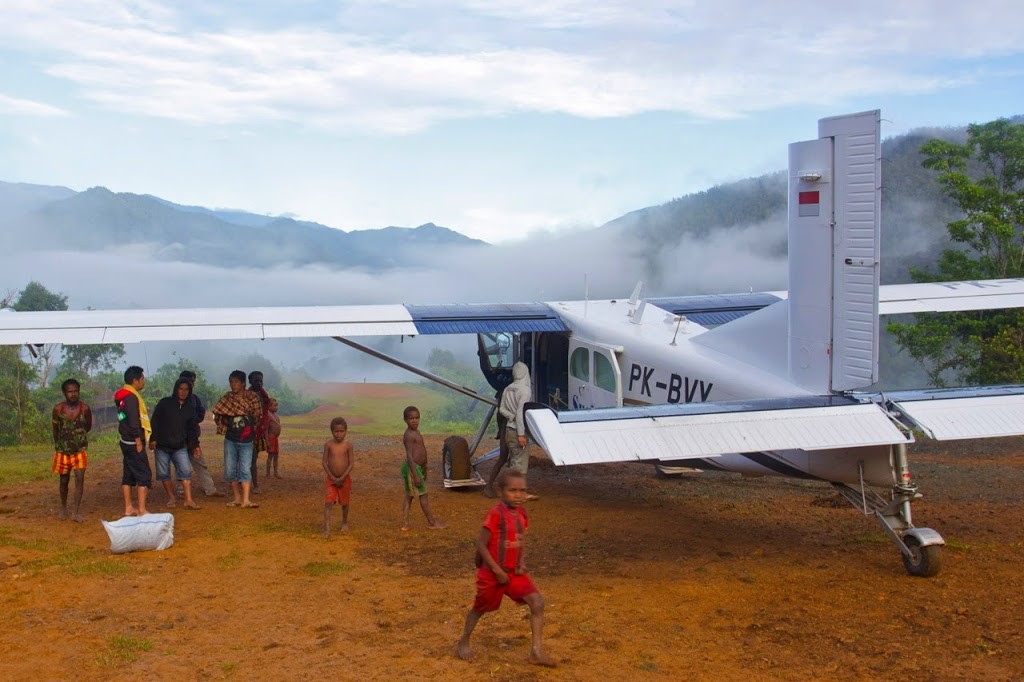
The villagers were all very excited to have an aircraft land at their airstrip and even more excited to see I’d bought the long awaited wheelbarrow wheels and seeds. They told me only a couple of other aircraft had ever landed here before in the last few years; one from our company and the other from one of the missionaries. Both of them Pilatus Porters of course!
I walked the length of the airstrip with some of the villagers, taking measurements and assessing the slope, surface and surroundings. The average slope was around 8% and length 380m, and at 2750ft elevation that makes it plenty long enough for a Porter at all up weight. The villagers pointed out some of the work they’d done including shoring up a huge section in the middle of the airstrip to prevent it eroding away into the valley below. Quite an impressive feat considering everything is done by hand out here with no machinery.
Once back up a the top of the airstrip it was time to depart for Nabire to continue the day’s schedule. Hopefully with their new wheelbarrow wheels, the villagers of Tomosiga will be able to continue the work on the airstrip and complete it to a standard that allows a more regular air service rather than the three aircraft in 27 years they’ve had so far!
Discover more from Matt Dearden
Subscribe to get the latest posts sent to your email.

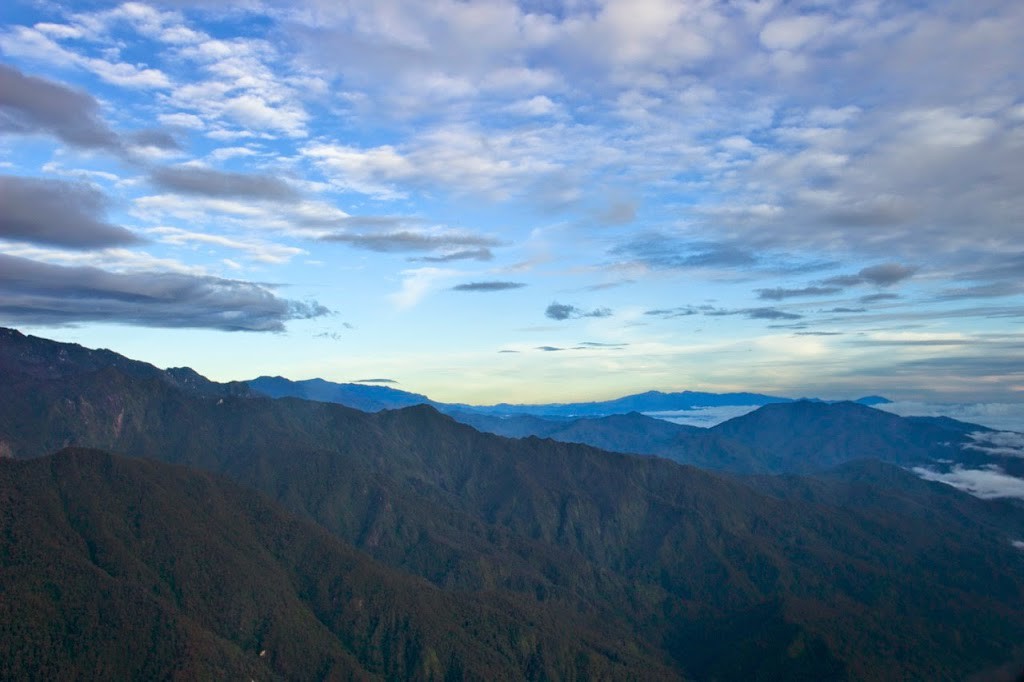
Awesome stuff, love your blog of real flying, keep the updates comming!!. Running a big engine Supercub in the UK is cool but not in the same league as the legendary Porter!! Cheers, Ed
Thanks for your comments Ed. I love the Supercub and still want to fly one again at some point when I get a chance. And one with a big engine sounds just awesome!
Hello Matt, I’m from Indonesia and i like your posts…